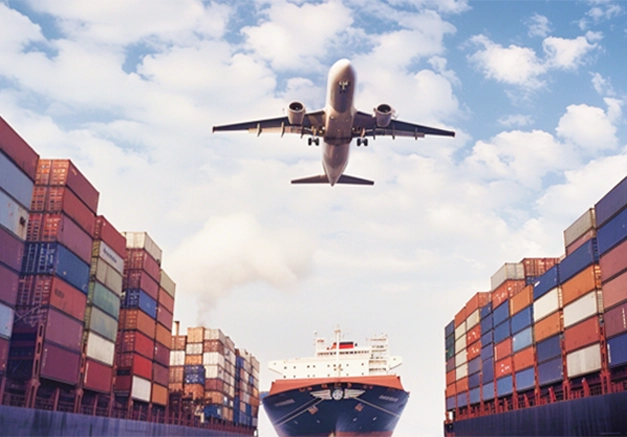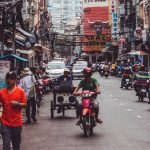As Amazon continues to expand its global marketplaces, sellers are no longer limited to a single country or region. However, selling internationally brings complex logistics challenges, from cross-border transportation to customs clearance and inventory distribution. This is where FBA forwarding services become essential. By streamlining international logistics and ensuring smooth delivery to Amazon fulfillment centers, FBA forwarding services help sellers scale their Amazon businesses efficiently and sustainably.

Understanding FBA Forwarding Services
FBA (Fulfillment by Amazon) forwarding services manage the entire logistics process from the seller’s origin country to Amazon’s overseas fulfillment centers. This typically includes international transportation, customs clearance, delivery appointments, and compliance with Amazon’s inbound requirements.
Rather than handling multiple logistics providers separately, sellers can rely on a single forwarding partner to coordinate each step, reducing complexity and operational risk.
Simplifying Cross-Border Logistics
Global expansion introduces challenges such as varying shipping regulations, customs procedures, and delivery standards. FBA forwarding services simplify this process by offering:
-
End-to-end logistics coordination
-
Professional customs clearance support
-
Compliance with Amazon FBA labeling and packaging rules
By reducing errors and delays, sellers can focus on product development and marketing instead of logistics management.
Flexible Transportation Options for Global Reach
Different markets and product categories require different shipping solutions. Professional FBA forwarding services provide multiple transportation options, including:
-
International ocean freight for cost-effective bulk shipments
-
International air freight for time-sensitive or high-value goods
-
International express services for fast and flexible delivery
This flexibility allows Amazon sellers to optimize shipping strategies based on cost, speed, and inventory demand.
Supporting Inventory Efficiency and Cost Control
Efficient inventory management is critical for Amazon sellers aiming to scale globally. FBA forwarding services help by:
-
Reducing transit time and inventory turnover
-
Avoiding stockouts and overstock situations
-
Lowering logistics costs through optimized routes and consolidation
These benefits directly impact cash flow and improve overall business scalability.
Value-Added Services That Enable Global Growth
Beyond transportation, advanced FBA forwarding services offer essential support services, such as:
-
Customs declaration and clearance
-
FBA first-leg logistics solutions
-
Overseas warehousing and inventory buffering
-
China–Europe railway intermodal transportation for Eurasian trade routes
These integrated services create a seamless logistics network that supports stable global operations.
Dongguan Mingyuda Electronic Technology Co., Ltd.: A Reliable Logistics Partner
Dongguan Mingyuda Electronic Technology Co., Ltd. has long been committed to providing comprehensive and efficient logistics solutions, with a strong focus on the integration and optimization of international freight services. The company’s core business covers international ocean freight, international express, and international air freight, forming a solid foundation for global logistics operations.
In addition, Mingyuda provides critical support services for global trade, including customs clearance, FBA first-leg logistics, overseas warehousing solutions, and China–Europe railway intermodal services across the Eurasian continent. These diversified logistics solutions enable global businesses to access a seamless and reliable transportation network.
Enhancing Competitiveness in Global Amazon Markets
With reliable FBA forwarding services, Amazon sellers can expand into new regions faster, respond to market demand more efficiently, and maintain high service standards. Faster delivery times and consistent inventory availability also contribute to improved customer satisfaction and better product rankings on Amazon.
Conclusion
FBA forwarding services are not just a logistics solution—they are a strategic tool for scaling an Amazon business globally. By simplifying cross-border shipping, optimizing transportation routes, and providing value-added support services, they enable sellers to grow with confidence.
With comprehensive international freight capabilities and integrated logistics solutions, Dongguan Mingyuda Electronic Technology Co., Ltd. helps global businesses build efficient, resilient, and scalable supply chains. As global e-commerce continues to evolve, professional FBA forwarding services will remain a key driver of international success on Amazon.
www.usllglobal.com
Dongguan Mingyuda Electronic Technology Co., Ltd.





